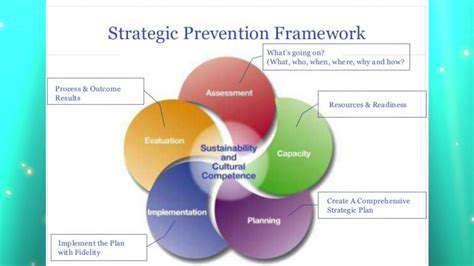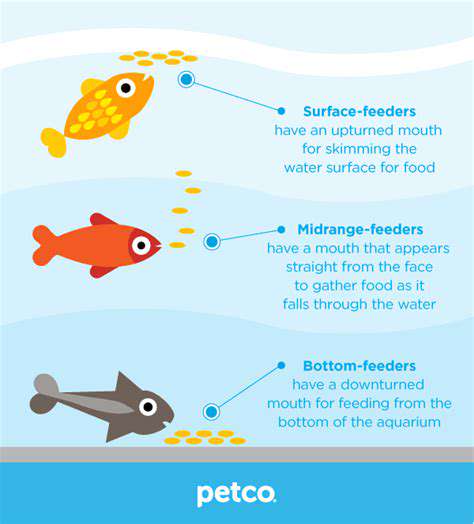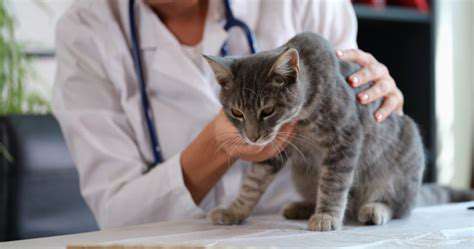How to Prevent Worms in Your Dog
Vaccinations are a cornerstone of preventative veterinary care. They provide immunity against a range of contagious diseases that can severely impact your pet's health and even be fatal. These diseases can spread quickly within animal populations, so vaccination protects not only your pet but also other animals in your community.
Vaccinations are a crucial component of responsible pet ownership. They safeguard your pet from potentially life-threatening illnesses and contribute to a healthier community for all animals. By keeping your pet vaccinated, you're not only protecting them but also upholding a vital aspect of community animal health.
Parasite Prevention: A Vital Aspect of Wellness
Parasites, such as fleas, ticks, heartworms, and intestinal worms, can cause a multitude of health problems in pets. These parasites can lead to discomfort, anemia, and even serious illnesses. Regular parasite prevention treatments are essential for maintaining your pet's health and preventing the spread of these parasites to other animals.
These treatments are readily available from your veterinarian and are often a part of a comprehensive preventative health plan. Implementing a consistent parasite prevention strategy is a key factor in maintaining your pet's overall health. This strategy not only protects your pet but also helps prevent the spread of parasites to other animals and your home environment.
Nutrition and Diet Counseling: Tailoring to Your Pet's Needs
Proper nutrition is paramount for a pet's health and well-being. Your veterinarian can provide personalized dietary advice tailored to your pet's specific needs, breed, age, and activity level. This personalized approach ensures that your pet receives the right nutrients to support their overall health.
A balanced diet is fundamental to a pet's well-being, and your veterinarian can guide you toward the best choices for your pet. This support can help prevent nutritional deficiencies and promote healthy growth and development, particularly in puppies and kittens.
Dental Care: Essential for Oral Health
Dental health is often overlooked but is crucial for overall pet well-being. Dental issues can lead to pain, infection, and even systemic health problems. Regular dental checkups and cleanings are vital for maintaining healthy teeth and gums. Your veterinarian can identify early signs of dental disease and recommend appropriate treatment options.
Professional dental care is often necessary to address advanced dental issues. This proactive approach to dental health protects your pet from significant pain and discomfort and helps maintain their overall health.
Behavioral Issues: Addressing Concerns Early
Veterinarians are also equipped to address behavioral concerns in pets. Changes in behavior can sometimes indicate underlying medical issues. Early intervention can prevent behavioral problems from escalating and negatively impacting your pet's quality of life. A thorough veterinary evaluation can help determine if a behavioral change is due to an underlying medical condition.
By addressing behavioral issues proactively, you can ensure your pet's happiness and well-being. Early intervention can often prevent behavioral problems from becoming chronic and difficult to manage.
Effective Prevention Strategies: A Multifaceted Approach

Early Detection and Intervention
Early detection of potential problems is crucial in preventing negative outcomes. Proactive measures, such as regular check-ups and screenings, can identify issues before they escalate into more serious concerns. This proactive approach allows for timely intervention, potentially mitigating the impact of these problems and improving overall well-being. Early intervention often involves lifestyle modifications, such as dietary changes or increased physical activity, which can be more manageable and effective when addressed promptly.
Implementing robust screening programs in communities and workplaces can significantly enhance early detection rates. These programs should be accessible and tailored to the specific needs of the population, ensuring that individuals from all backgrounds have equal opportunities to participate and benefit from these preventative measures. Early detection can significantly reduce the long-term burden of many health issues and improve overall public health outcomes.
Developing Strong Support Systems
Building a strong support network is essential for the overall well-being of individuals and communities. This network can provide emotional, practical, and financial support during challenging times. Supportive relationships can buffer individuals from stress and promote resilience in the face of adversity. A strong support system can also provide access to resources and information that can help in navigating complex situations.
Cultivating strong family bonds, fostering close friendships, and participating in community activities can all contribute to building a robust support system. These connections can provide a sense of belonging and shared purpose, which is critical for both individual and collective well-being. This sense of community is a powerful preventative measure, promoting a healthier and more resilient environment for everyone.
Promoting Healthy Lifestyles
Adopting and maintaining healthy lifestyles is fundamental to preventing a wide range of health problems. This encompasses a balanced diet rich in fruits, vegetables, and whole grains, coupled with regular physical activity. Consistent exercise not only improves physical health but also contributes significantly to mental well-being and stress reduction. Making these healthy choices part of daily routines can have a profound impact on long-term health outcomes.
Education and awareness campaigns can play a vital role in promoting healthy lifestyles within communities. These initiatives can provide individuals with the knowledge and tools necessary to make informed choices about their diet, exercise, and overall well-being. Accessible resources and support systems, such as community gardens or fitness centers, can further encourage healthy lifestyle choices and foster a culture of well-being.
Implementing Preventive Measures in Different Settings
Implementing preventive strategies within various settings, such as schools, workplaces, and healthcare facilities, can significantly impact overall health and well-being. In schools, comprehensive health education programs can equip students with the knowledge and skills to make informed choices about their health and well-being. Workplace wellness programs can foster a supportive environment that promotes healthy habits and reduces stress levels. These programs can include resources for healthy eating, exercise, and stress management. Healthcare facilities can play a crucial role in preventive care by providing access to screenings, vaccinations, and health education services.
Effective preventive strategies need to be tailored to specific populations and contexts. Recognizing the unique needs and challenges faced by different communities is essential for developing targeted interventions. By incorporating a holistic approach that considers individual and community factors, preventive measures can be highly effective in improving overall health outcomes.








